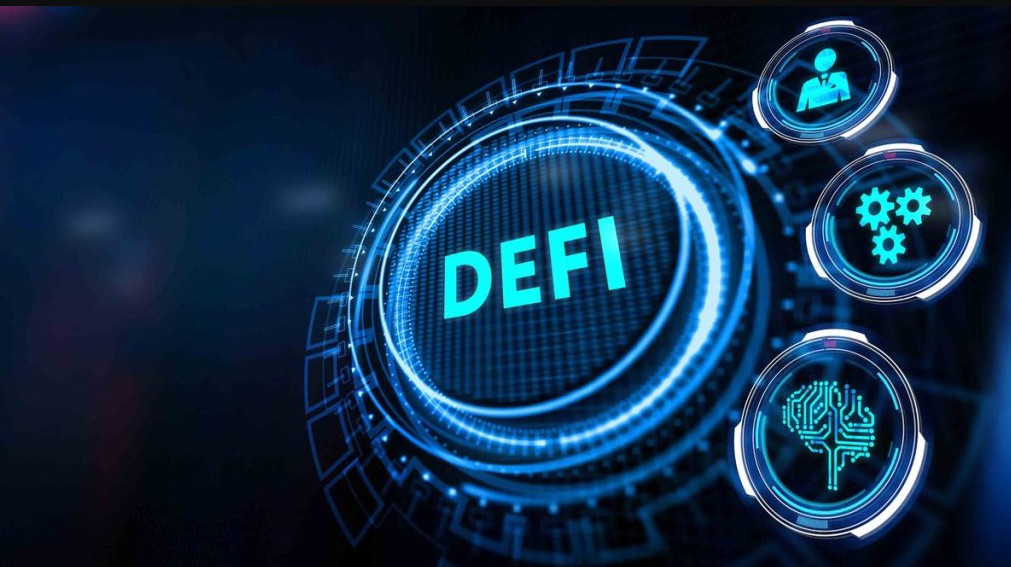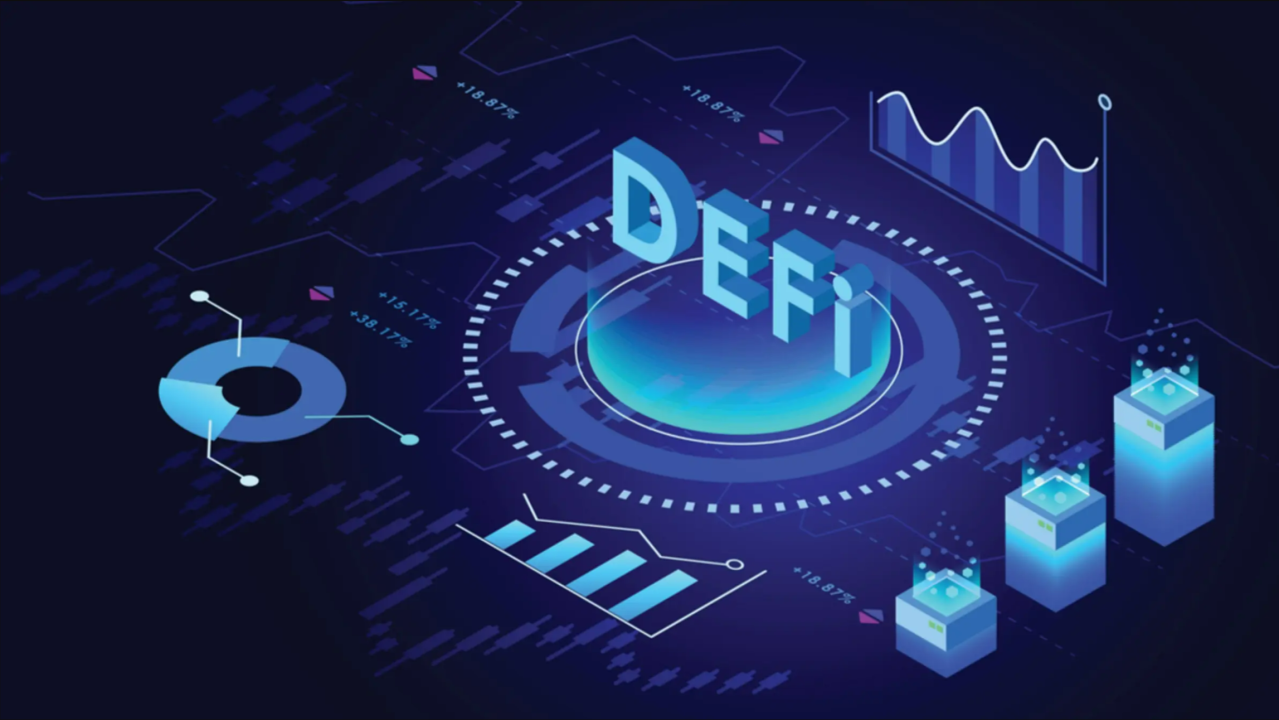The integration of Artificial Intelligence (AI) trading agents, or autonomous bots, is rapidly redefining cryptocurrency investing, with 2026 expected to be a pivotal year for this convergence. These sophisticated tools move far beyond simple rule-based trading bots, leveraging machine learning and deep learning to create adaptive, data-driven, and highly efficient investment strategies.
How Autonomous Bots Are Redefining Crypto Investing in 2026

Here is a detailed breakdown of the rise of AI trading agents and how they are redefining crypto investing in 2026:
1. The Shift from Bots to Autonomous Agents
The key differentiator in 2026 is the transition from static, rule-based bots to true autonomous AI agents.
- Rule-Based Bots: These follow rigid, pre-set instructions (e.g., “Buy when RSI is below 30 and Sell when RSI is above 70”). They fail when the market acts unpredictably.
- Autonomous AI Agents: These utilize advanced machine learning (especially reinforcement learning) to learn, adapt, and evolve their strategies in real-time. They analyze market data, sentiment, and on-chain metrics to predict price movements and optimize execution, similar to an intelligent, self-improving fund manager.
2. Redefining Trading Strategies and Efficiency
AI agents bring a level of speed, precision, and objectivity that is impossible for human traders, fundamentally changing how investment decisions are made and executed.
- Emotionless, 24/7 Trading: The agents eliminate human emotional biases (like FOMO or panic-selling) and operate around the clock in the perpetually open crypto market, capitalizing on opportunities across all time zones.
- High-Speed Execution and Arbitrage: They execute trades in milliseconds, capturing fleeting opportunities like arbitrage across multiple exchanges or micro-price swings that a human could never react to in time.
- Predictive Analytics and Market Sentiment: AI can process and synthesize massive, unstructured datasets in real-time, including:
- On-Chain Data: Transaction volume, whale movements, network activity, etc.
- Market Data: Order book depth, historical price action, volatility.
- External Data: News sentiment, social media (Twitter, Reddit) analysis via Natural Language Processing (NLP) to gauge market mood.
- This predictive power helps them forecast trends with greater accuracy than traditional models.
- Advanced Risk Management: Agents incorporate dynamic risk assessment, automatically adjusting portfolio diversification, stop-loss, and take-profit levels based on predicted volatility or early signs of market shifts.
3. Impact on the Broader Crypto Ecosystem in 2026
The influence of AI agents extends beyond just trading to reshape the entire decentralized finance (DeFi) landscape.
- The Rise of AI-Native Crypto Projects: Projects like Fetch.ai (FET) and SingularityNET (AGIX) are prominent in 2026. These platforms are building decentralized marketplaces and ecosystems for autonomous agents, essentially providing the infrastructure for AI to operate and interact with various DeFi protocols.
- Optimizing DeFi Operations: AI agents are used for:
- Automated Yield Farming: Efficiently moving assets between different DeFi protocols (e.g., lending pools, decentralized exchanges) to find the highest, safest yield.
- Liquidity Management: Automatically adjusting liquidity provision in decentralized exchanges (DEXs) to maximize returns and minimize impermanent loss.
- DAO Governance: Assisting Decentralized Autonomous Organizations (DAOs) by processing proposals and simulating potential outcomes of votes.
- Enhanced Security and Fraud Detection: AI continuously monitors blockchain activity to identify abnormal trading behaviors, flag suspicious transactions, and prevent exploits or wash trading, adding a crucial security layer to the volatile market.
4. Challenges and Risks on the Horizon
Despite the enormous promise, the rise of AI agents introduces significant new complexities and risks in 2026.
| Challenge/Risk | Detail in 2026 |
| Algorithmic Collusion | AI agents, using reinforcement learning, may unintentionally learn to coordinate their actions (by observing price signals) to avoid aggressive competition. This “artificial stupidity” or “collusion” can lead to artificially wide bid-ask spreads, higher trading costs for retail investors, and reduced market efficiency, potentially mimicking price-fixing without explicit human intent. |
| Market Instability and Flash Crashes | If a large number of powerful, similarly programmed AI agents react to the same signal simultaneously, it could trigger amplified volatility, cascade liquidations, or severe flash crashes, making the market more fragile. |
| Over-Optimization (Overfitting) | Bots trained exclusively on past data might perform flawlessly in backtesting but fail spectacularly when novel, unprecedented market conditions (like a regulatory shock or a major protocol exploit) occur. |
| Regulatory Scrutiny | Governments are increasingly investigating AI’s role in finance. In 2026, there is growing debate about the need for new legislation to prevent algorithmic collusion and market manipulation, which could place operational burdens on AI-driven trading platforms. |
In summary, by 2026, AI trading agents are transforming crypto investing from a human-driven, emotionally-charged pursuit into an automated, highly efficient, data-driven science. They are democratizing access to institutional-grade strategies, integrating deeply with the DeFi ecosystem, and significantly raising the competitive barrier for all market participants, while simultaneously presenting new systemic risks that regulators are racing to address.
The Rise of DeFAI: The AI-DeFi Synergy
The convergence of AI and Decentralized Finance (DeFi), often termed DeFAI, is creating a new, self-governing financial infrastructure in 2026.
- Autonomous Agent Networks (e.g., Fetch.ai, SingularityNET): These projects are forming the backbone of DeFAI. They provide decentralized, open marketplaces where developers can deploy AI agents and services that interact with the blockchain. Crucially, they address the problem of data access by creating decentralized oracles that securely feed off-chain data (like news or corporate earnings) to on-chain smart contracts for the agents to utilize.
- Intelligent Decentralized Autonomous Organizations (iDAOs): The next evolution of DAOs will be powered by AI. An iDAO would employ AI agents to:
- Analyze Governance Proposals: Simulating the financial impact of a new protocol feature before token holders vote.
- Automate Treasury Management: Using AI trading agents to manage the DAO’s collective treasury assets to generate yield, instead of relying on a human committee.
- Enforce Smart Contract Security: Continuously audit and monitor smart contract code for vulnerabilities and flag potential exploits before they can be executed.
- Democratization of Quant Strategies: AI agents lower the barrier to entry for complex trading. Retail investors can now subscribe to sophisticated, constantly-learning strategies without needing to hire a Wall Street quant team. This is rapidly shrinking the performance gap between institutional and retail crypto investors.
Regulatory Friction and The Oversight Paradox
As AI agents become a systemic force, the regulatory environment is struggling to keep pace, creating a significant point of friction in 2026.
- Algorithmic Collusion Legislation: The primary regulatory fear is algorithmic collusion (as noted previously). Without explicit communication, self-learning AI agents can converge on anti-competitive pricing strategies. Regulators in major jurisdictions like the US (SEC) and UK (FCA) are focused on defining rules for “intent” in automated trading—a complex philosophical and technical challenge.
- Accountability for Autonomous Decisions: If an AI trading agent causes massive financial losses or executes a market manipulation scheme, the question of legal accountability is unclear: Is it the user who launched the agent, the developer who coded the base algorithm, or the DAO that governs the protocol? The lack of clarity is creating legal and compliance hurdles for institutional adoption.
- The Travel Rule and AML/KYC: AI agents operating across multiple international exchanges and DeFi protocols complicate existing Anti-Money Laundering (AML) and Know-Your-Customer (KYC) regulations. The sheer speed and volume of transactions executed by autonomous agents make traditional transaction monitoring systems obsolete, forcing regulators to look for AI-powered solutions to monitor AI-powered trading.
Conclusion
The ascent of autonomous AI trading agents within the crypto ecosystem, particularly in the context of DeFi, is not merely a technological trend but a fundamental re-architecture of the global financial system. By 2026, the convergence of AI and Decentralized Finance (DeFAI) has moved from an experimental concept to a definitive foundation for Finance 3.0.
The key takeaway is that the market is rapidly shifting from human-driven intuition and pre-set algorithms to self-governing, adaptive financial intelligence. AI agents now offer superior speed, real-time multimodal data analysis, and unprecedented levels of risk-adjusted returns, democratizing sophisticated quantitative strategies for the masses.
However, this revolution presents a critical paradox:
- Enhanced Efficiency vs. Systemic Risk: AI-powered systems make markets more liquid and efficient, but their rapid adoption and potential for algorithmic convergence introduce new forms of systemic risk, making market flash crashes faster and more likely.
- Decentralization vs. Accountability: The rise of Intelligent Decentralized Autonomous Organizations (iDAOs) creates truly autonomous governance, yet it severely complicates the legal and ethical frameworks for accountability. Regulators globally are grappling with the “Black Box” problem, struggling to assign liability when an AI-driven decision goes wrong.
In conclusion, autonomous AI agents are becoming the operating system for digital value. Their long-term impact will be defined not just by the financial returns they generate, but by how successfully developers, regulators, and the community navigate the complex ethical and security challenges to ensure that this new intelligent, decentralized system remains transparent, fair, and ultimately, stable. The future of finance is autonomous, but the future of trust still requires human oversight.
Ready to start your cryptocurrency journey?
If you’re interested in exploring the world of crypto trading, here are some trusted platforms where you can create an account:
🔹 Binance – A global leader in cryptocurrency trading.
🔹 Bybit – A user-friendly platform for both beginners and advanced traders.
These platforms offer innovative features and a secure environment for trading and learning about cryptocurrencies. Join today and start exploring the opportunities in this exciting space!
🚀 Want to stay updated with the latest insights and discussions on cryptocurrency?
Join our crypto community for news, discussions, and market updates: OCBCryptoHub on Telegram.
📩 For collaborations and inquiries: datnk710@gmail.com
Disclaimer: Always do your own research (DYOR) and ensure you understand the risks before making any financial decisions.


